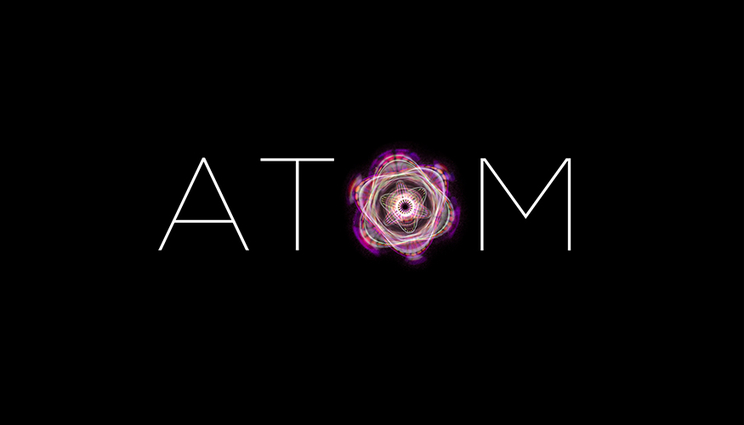LLNL/ATOM engagement with Purdue introduces students to drug design modeling
 (Download Image)
(Download Image)
Lawrence Livermore National Laboratory and The Data Mine learning community at Purdue University are partnering to speed up drug design using computational tools under the Accelerating Therapeutic Opportunities in Medicine (ATOM) project.
Through an engagement with Purdue University’s The Data Mine learning community, Lawrence Livermore National Laboratory (LLNL) and Purdue are partnering to speed up drug design using computational tools under the Accelerating Therapeutic Opportunities in Medicine (ATOM) project.
Over two recent semesters (fall 2020 and spring 2021), LLNL bioinformatics scientist and ATOM researcher Jonathan Allen mentored a cohort of 20 undergraduate and graduate students and two teaching assistants, introducing them to computationally driven drug discovery and designing predictive models for drug candidates. The students met on a twice-weekly basis — with Allen on one day and with Data Mine Program Director Mark Ward on another — and worked in teams to evaluate virtual compounds for drug-like potential using ATOM-developed open source software.
In the fall, the students — who came from a cross-section of university departments — performed safety target background research and data extraction from drug target and protein databases, created and used datasets to summarize bioactivity measurements and compound counts and utilized data visualization to compare compound structures. In the spring, the teams created machine learning models for five different protein safety targets using neural network and random forest methodologies, characterized compound-target interactions and trained the models to predict molecules that could be drug candidates.
The students presented their technical work at The Data Mine Corporate Partners E-Symposium 2021 and contributed to a new set of open source tutorials on data driven drug modeling, LLNL’s Allen said.
“Working with students at Purdue provides a valuable two-way exchange of knowledge and information,” Allen said. “The students have an opportunity to learn more about applying data science tools in the drug discovery process and ATOM gains valuable feedback in learning how to make these tools more widely accessible for a diverse set of data modeling challenges.”
Purdue student Rose Wilfong, who coordinated meetings with the ATOM team and had a leadership role in shaping the students’ end-of-the-year presentation, called ATOM’s engagement with The Data Mine “exciting.”
“The program introduces students to the interdisciplinary sector that combines drug discovery with computer science and data analysis,” Wilfong said. “(Jonathan) Allen is a fantastic mentor and he creates a fun environment that is suitable for students from all backgrounds and skill levels. It is a great opportunity to learn about the work ATOM is performing and the technical skills that go with it.”
Ward added that “the ATOM team’s work in computational drug discovery appeals to our students across all disciplines: pharmacy, engineering, chemistry, biology, etc. Allen is a wonderful mentor for the undergraduate and graduate students — he gets the students excited about the data analysis, but also always fosters their professional development throughout the experience. The Data Mine is very thankful to the entire ATOM team for this ongoing partnership.”
LLNL’s ATOM program funded the engagement. Allen said the Lab plans to build on the effort and renew the project with The Data Mine for another year, potentially adding more ATOM researchers. Future goals are to create visualization and analysis tools, use the predictive models the students constructed in a prediction pipeline to compare and score multiple molecules at a time and run the models through a virtual library to evaluate them against specific drug design criteria.
Together, Ward and Allen will be participating in an upcoming panel discussion exploring the application of data science and statistics in pharmaceutical engineering and experimental studies as part of the American Statistical Association’s 2021 Joint Statistical Meeting in August.
Contact
 Jeremy Thomas
Jeremy Thomas
[email protected]
(925) 422-5539
Related Links
ATOM SciencePurdue University’s The Data Mine
Tags
ASCHPC, Simulation, and Data Science
Computing
Featured Articles







